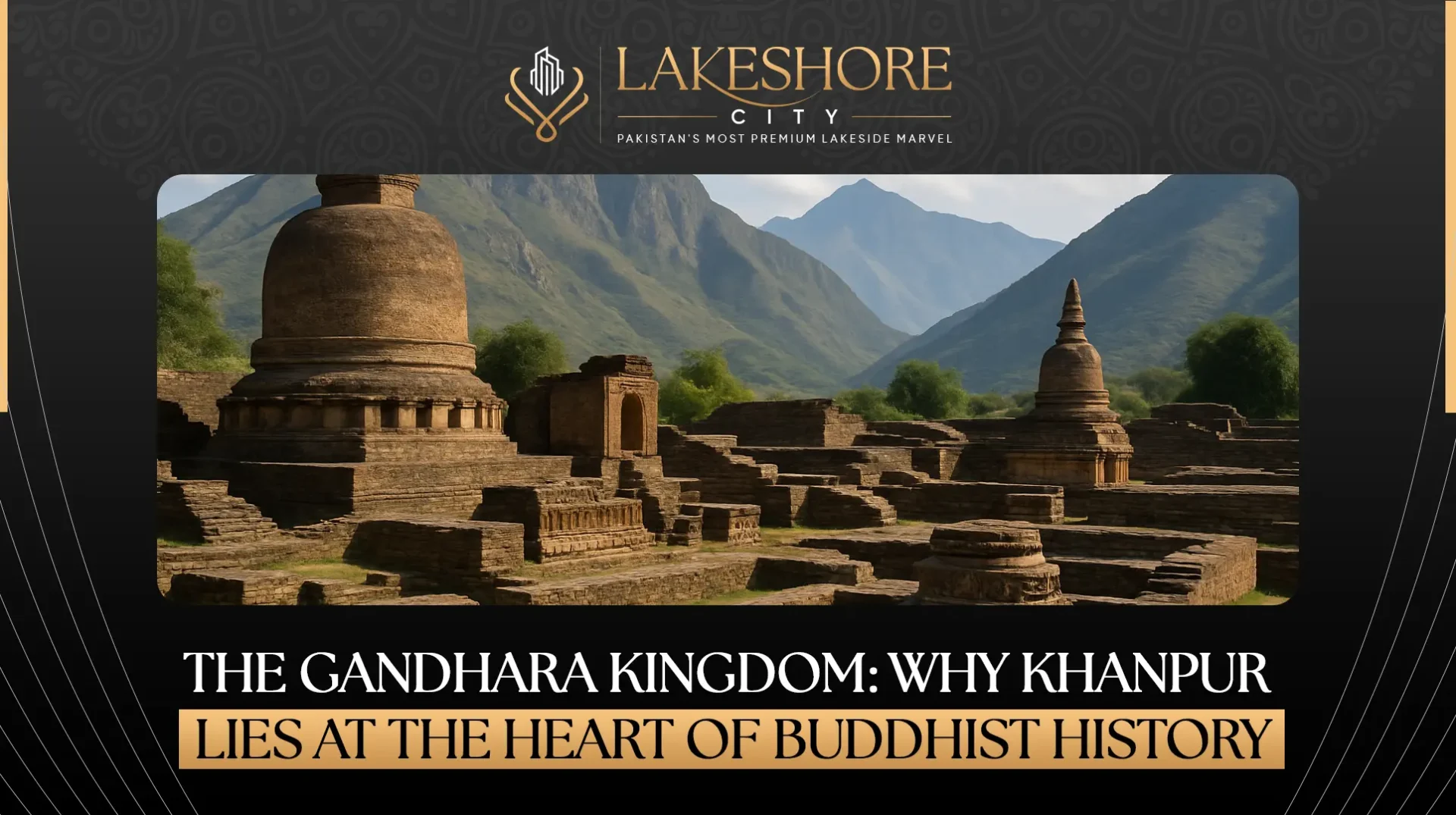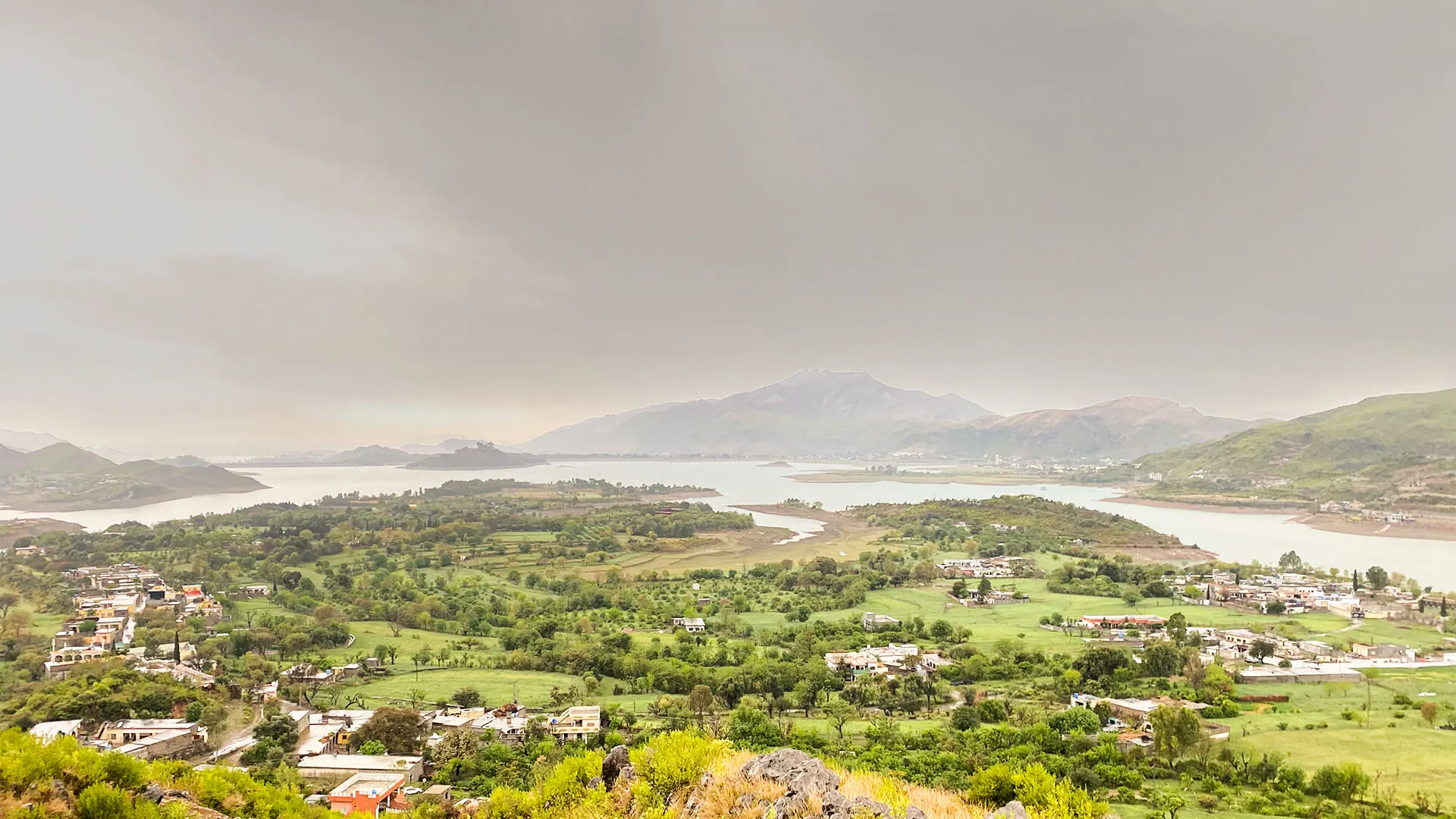Nestled in the shadows of the mighty Himalayas, the Gandhara Kingdom once stood as a shining beacon of art, learning, and spiritual growth. Known for its deep connection with Buddhism in ancient Pakistan, Gandhara left a lasting mark on South Asian history. Today, the region of Khanpur, located in the Haripur district, proudly holds this legacy.
With its serene beauty and the Lakeshore City located nearby, Khanpur is more than just a scenic retreat. It’s a gateway into one of the most culturally rich civilizations of the ancient world.
The Origins of the Gandhara Kingdom
The Gandhara Kingdom emerged around the 6th century BCE and thrived for nearly a millennium. It covered areas of present-day northern Pakistan and eastern Afghanistan. Major cities like Taxila and Peshawar became centers of learning, trade, and art.
Also Read: Why Investors Prefer Executive Block in Lakeshore City
Gandhara was shaped by various cultures—Persian, Greek, Indian, and Central Asian. These influences turned it into a melting pot of ideas. However, what truly defined Gandhara was its deep connection to Buddhism.
Buddhism’s Flourish in Ancient Pakistan
When Buddhism spread beyond India, Gandhara became one of its earliest and strongest hubs. The region saw the rise of thousands of Buddhist archaeological sites, monasteries, stupas, and sculptures. Monks traveled from as far as China to study here.
The spread of Buddhism also gave rise to Gandhara art and culture, which remains one of the most admired forms of ancient sculpture in the world. You’ll still find images of Buddha with Greco-Roman features—proof of cultural fusion.
Khanpur: The Untouched Heart of Buddhist Legacy
Khanpur lies quietly along the ancient route that once connected Gandhara civilization centers. Its natural terrain hides treasures of the past. While areas like Taxila are well-known, Khanpur’s historical significance is only now coming to light.
Recently, archaeologists have uncovered remains of Buddhist stupas and monasteries in and around Khanpur. These findings prove the region was more than just a pass-through. It was a center of meditation, teaching, and spirituality.
The scenic landscape today mirrors the peace that Buddhist monks once sought. This makes Khanpur a unique blend of cultural heritage and natural beauty.
Why This Matters Today
Reviving knowledge about ancient kingdoms in South Asia isn’t just about history. It’s about connecting to roots and preserving heritage. Khanpur, with its untouched charm and rich past, offers a golden opportunity.
For those planning to invest or settle in the area, it’s worth knowing that you’re not just buying land—you’re becoming part of a story that’s thousands of years old.
Also Read: Lakeshore City’s Long-Term Growth Plan: A Look Into the Future
That’s why modern developments in Khanpur, like Lakeshore City, are drawing attention. The area’s historical value adds emotional and cultural weight to your investment. Plus, it offers features like an affordable payment plan, no down payment, and easy 60-month installments. A 5 marla plot can be booked for just PKR 25,000, which even counts as your first installment.
Conclusion
The Gandhara Kingdom shaped more than just history. It gave rise to a spiritual and artistic movement that crossed borders and centuries. Today, Khanpur stands as a symbol of that greatness, inviting explorers, historians, and residents alike to rediscover its magic.
Whether you’re looking to walk through history or build your future here, Khanpur is the place where both paths meet.
FAQs
1. What was the Gandhara Kingdom known for?
Gandhara was known for its Buddhist art, culture, and being a major center of learning.
2. Where is Khanpur located?
Khanpur is in Haripur district, near Taxila, surrounded by mountains and a beautiful dam.
3. What are Gandhara art and sculptures?
They are Buddhist artworks influenced by Greek and Roman styles, unique to the region.
4. Why is Khanpur important in Buddhist history?
Recent archaeological finds show Khanpur was a key Buddhist center during Gandhara’s time.
5. Can I visit Buddhist sites in Khanpur?
Yes, many historical sites are open or being preserved for tourism and study.
6. Is it affordable to invest in Khanpur?
Yes! With options like no down payment and long-term plans, it’s budget-friendly.



